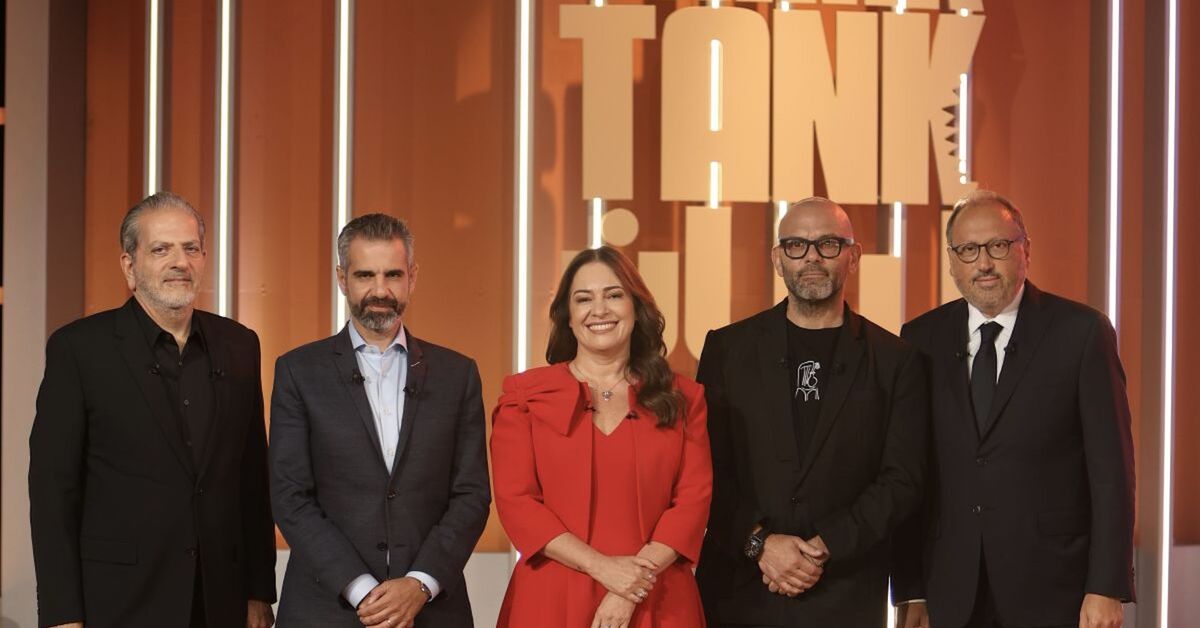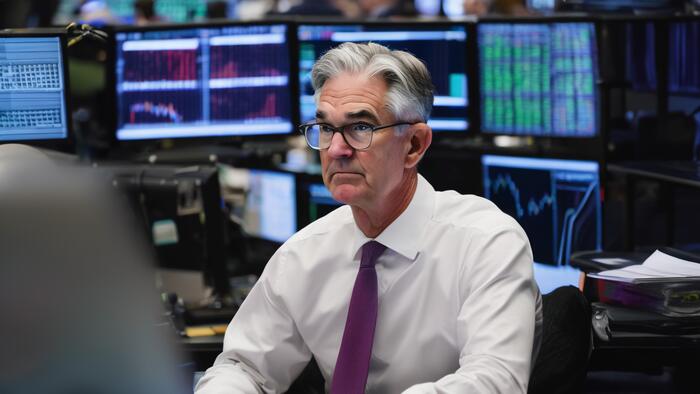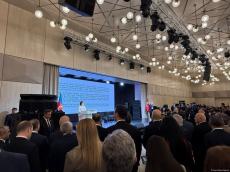Copyright Al-Monitor

BEIRUT — The Lebanese version of the globally acclaimed reality show "Shark Tank" has officially hit local TV screens this month, offering a rare platform for entrepreneurs to pitch their ideas to investors at a time the country continues to grapple with a prolonged economic crisis. "Shark Tank Lebanon" premiered Oct. 16 on the local LBCI TV channel, with new episodes broadcast every Sunday at 8:30 p.m. local time. The show is based on the American version of "Shark Tank," which first aired in 2009. The series’ premise revolves around aspiring entrepreneurs pitching their business ideas to a panel of investors known as “sharks,” who evaluate the business proposals. The sharks then decide to either invest their own money in exchange for a stake in the business or decline to make an offer. The US version itself originated from a Japanese show called "Tigers of Money," which premiered in 2001. It was reimagined in the UK as “Dragons’ Den” in 2005. Meet the sharks The panel of Lebanese Sharks includes five prominent business figures who have left an influential mark in the local and regional business worlds. These include vice chairman and general manager Maroun Chammas of MEDCO, a leading Lebanese petroleum company. Chammas is also chairman and CEO of Berytech, a major innovation and entrepreneurship hub based in Lebanon. The lineup also features Georges Karam, a Lebanese-Canadian entrepreneur and investor who previously appeared on the French-Canadian version of "Shark Tank," also called “Dragon’s Den,” and Christine Assouad, CEO of Dunkin’ Donuts Lebanon and of the Lebanese restaurant brand Semsom. She is also the founder of The Catalyst of Growth, an initiative that provides mentorship programs and workshops for female entrepreneurs. Also on the panel are Hassan Ezzeddine, executive chairman of Gray Mackenzie Retail Lebanon, which owns brands like Spinneys, Happy and the NokNok online grocery platform; and Alain Bejjani, former CEO of Majid Al Futtaim, the regional giant that owns the Mall of the Emirates and Carrefour Middle East, among several other retail and hotel establishments across the MENA region. On the reasons that motivated him to join the panel, Chammas told Al-Monitor that it was only natural for him to participate as the head of Berytech. “Since 2004, I have been the chairman and CEO of Berytech, an initiative launched by one of Lebanon’s oldest universities, University of Saint Joseph, aimed to host, support and push forward entrepreneurs into becoming full-fledged companies,” he said. “I have helped more than 15,000 entrepreneurs and helped create thousands of jobs and companies in the Information and Communication Technology, agrifood and agritech fields,” he said, adding that more than 30 of the companies that were selected to take part in Shark Tank are Berytech companies. According to Chammas, LBCI received more than 1,200 applicants and selected about 70 to pitch their ideas before the panel. Chammas praised the talent on the show, saying, “The potential of the companies in Lebanon and entrepreneurs is extremely high, which gave us great hopes for all startups. We look forward to the next season.” “The feedback that I’ve received so far from the audience and from entrepreneurs has been overwhelmingly good; they love the show, the interaction, the dynamics and the vibes, which encouraged aspiring entrepreneurs to start preparing for the next season,” he added. Glimmer of hope for Lebanon’s labor market The team behind "Shark Tank Lebanon" is hoping the show will motivate aspiring entrepreneurs to pursue their business ideas despite the challenges the country is facing. For Mazen Lahham, founder and CEO of Different Productions, which produced "Shark Tank Lebanon," the show carries a symbolic importance to Lebanon's economic sector. “It is a source of hope for young Lebanese residents, encouraging them to stay and invest in their homeland, especially after the economic crisis and difficult circumstances the country has faced,” Lahham told the local An-Nahar newspaper earlier this month. He said the series aims to support the local economy and strengthen the role of small and emerging businesses. Lebanon’s economy collapsed in October 2019 amid massive nationwide protests against the ruling political class, widely blamed for decades of corruption and economic mismanagement. Lebanese banks subsequently imposed informal capital controls and severely limited cash withdrawals, claiming lack of liquidity, which led to skyrocketing prices of goods, regular power shortages, and lack of medicine and fuel. Meanwhile, the local currency has lost more than 90% of its value since then, plunging more than half the Lebanese population into poverty. The latest available data about poverty rates in Lebanon date back to 2022, when poverty more than tripled over the past decade, affecting 44% of the country’s nearly 5.8 million total population in 2022 compared to 12% in 2012, according to the World Bank. The United Nations Development Program estimates that Lebanon’s economy shrank by 38% between 2019 and 2024. Real GDP has declined by more than 38% since 2019, contracting 6.6% in 2024, according to the same data. The 13-month war between Israel and Lebanon last year, along with the country’s decades-long brain drain, has further worsened the economic situation. A July report on the socioeconomic impacts of the 2024 war — prepared by the UNDP and the United Nations Economic and Social Commission for Western Asia, in collaboration with UNICEF, the International Labor Organization and UN-Habitat — found that micro, small and medium-sized enterprises, which represent 90% of Lebanon’s economy, were severely impacted by the conflict, with 15% permanently forced to close down, 75% pausing their operations during the war and nearly 30% losing their entire workforce. According to the ILO, unemployment rates in the country have increased from 11.4% in 2018 and 2019 to 29.6% in 2022, the latest data available. In a July report, the UN agency noted that unemployment is especially high among young people aged 15-24, reaching 47.8%, compared to 25.6% among older adults.



